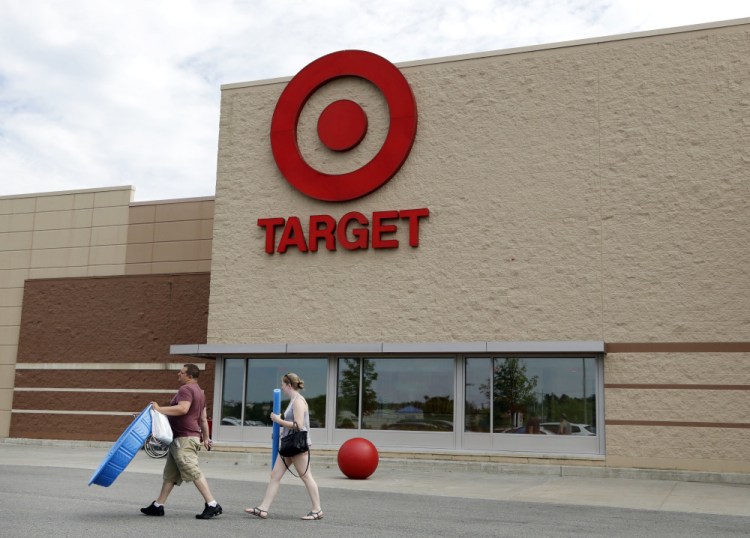Shoppers are heading back to Target.
In addition to large-scale investments in technology – and a 32 percent increase in online sales – the big-box retailer said it’s also seeing more customers shopping the old-fashioned way.
As a result, second-quarter sales grew 1.6 percent, marking the first increase in more than a year.
“Second-quarter traffic was much stronger than our expectations, and the strength was broad-based: across the country, across categories and across channels,” Brian Cornell, Target’s chief executive, said in a Wednesday call with analysts. “The positive response from our guests shows we’re making progress.”
Analysts attributed that growth to Target’s success with private-label brands like the children’s line Cat & Jack, which Cornell said has racked up $2 billion in sales in one year, and a partnership with Victoria Beckham. Target is taking note: The company is introducing 12 more brands in the next 18 months, and recently announced a partnership with mattress startup Casper.
“Exclusive new brands like Cat & Jack in kids clothing, Pillowfort in homewares, and Cloud Island in baby have all performed well,” Neil Saunders, managing director at GlobalData, said in a note to investors. “Not only are these brands credible and compelling, but they are also helping to differentiate Target from rivals.”
Earlier this week, the Minneapolis-based retailer announced it was buying same-day delivery company Grand Junction as part of its efforts to take on Amazon.com and Wal-Mart. Target is testing same-day delivery services in New York and has begun looking into curbside fulfillment options near its headquarters.
“Grand Junction’s technology and algorithms will help Target deliver to guests faster and more efficiently,” Arthur Valdez, chief supply chain and logistics officer for Target, said in a statement on Monday. “This acquisition is part of ongoing efforts to strengthen Target’s supply chain to provide greater speed, reliability and convenience for guests.”
Target is also opening 30 new small-format stores this year, with a focus on dense urban areas and locations near college campuses. In addition, the company is taking steps to fix up its lagging grocery store business and says it saw bumps in sales of alcoholic beverages and produce.
“We continue to focus on our long-term strategy,” Cornell said, adding that the company hopes to “transform every part of our business and build an even better Target that will thrive in this new era in retail.”
But while investors were pleased by Target’s improvements – shares of the company’s stock rose more than 4 percent Wednesday – analysts said they were more interested in long-term growth.
“It’s still early days,” said Charlie O’Shea, a retail analyst for Moody’s. “This transformation isn’t going to happen overnight. The online business continues to grow but it’s still very small.”
Target’s website, which has annual sales of about $2.5 million, trails much smaller retailers, including Nordstrom, Macy’s, Best Buy and Staples, in online sales. (Wal-Mart, by comparison, has annual online sales of about $13.5 billion, while Amazon has about $79.3 billion, according to market research firm eMarketer.)
During the second quarter, profit fell 1.2 percent to $672 million from $680 million a year ago. Meanwhile, sales at stores open at least a year rose 1.3 percent. Overall sales were up 1.6 percent to $16.4 million, from $16.17 million.
Send questions/comments to the editors.



Success. Please wait for the page to reload. If the page does not reload within 5 seconds, please refresh the page.
Enter your email and password to access comments.
Hi, to comment on stories you must . This profile is in addition to your subscription and website login.
Already have a commenting profile? .
Invalid username/password.
Please check your email to confirm and complete your registration.
Only subscribers are eligible to post comments. Please subscribe or login first for digital access. Here’s why.
Use the form below to reset your password. When you've submitted your account email, we will send an email with a reset code.